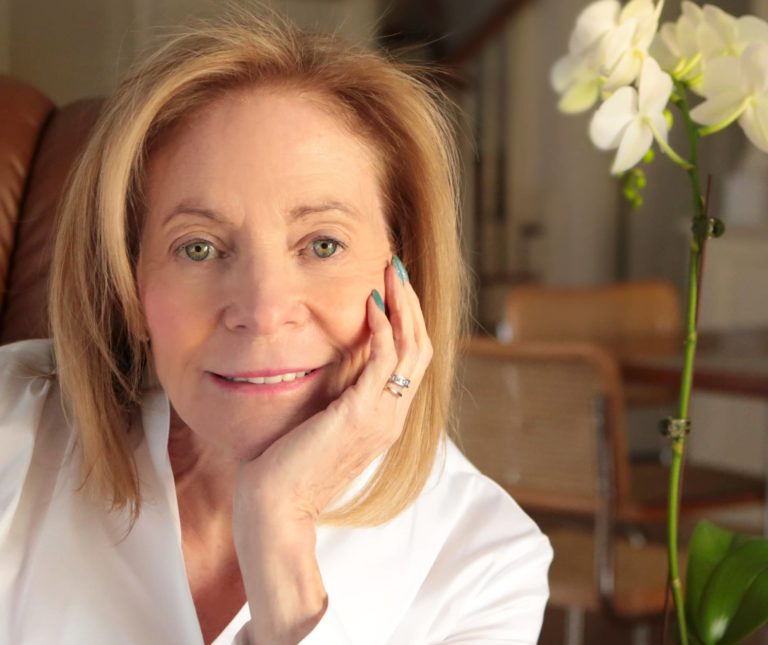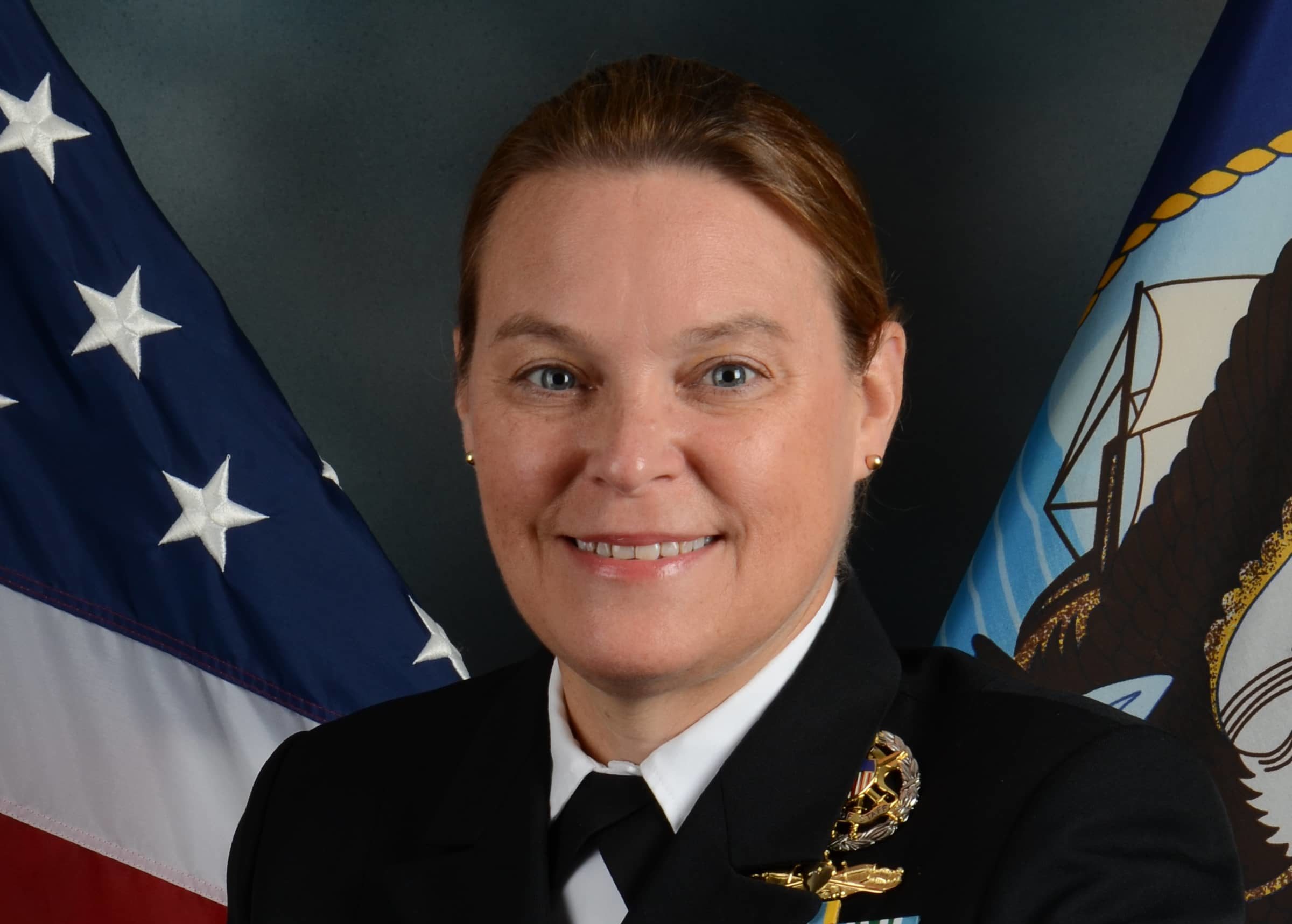
 By Anne Semmes
By Anne Semmes
Last Friday, Vice President Kamala Harris made history as the first female to give the commencement address to the graduates of the United States Naval Academy in its 175 years. Glancing across news photos of those graduates the female faces stood out in their dress uniforms. It seems in the class of 2021, there were 327 women and 888 men. The numbers of women students are definitely rising.
Compare those figures with the class of 1985 – of 1,032 graduates with only 75 women, one of which is Rear Admiral Cynthia “Cindy” Thebaud, native of Greenwich. Since 1985 Cindy has seen great strides for women choosing Naval careers. In 2002, she became the second female to serve as commanding officer of a guided missile destroyer.
Rear Admiral Cindy retired in 2016 and presently has been helping her mother Sally Thebaud move from the Thebaud family
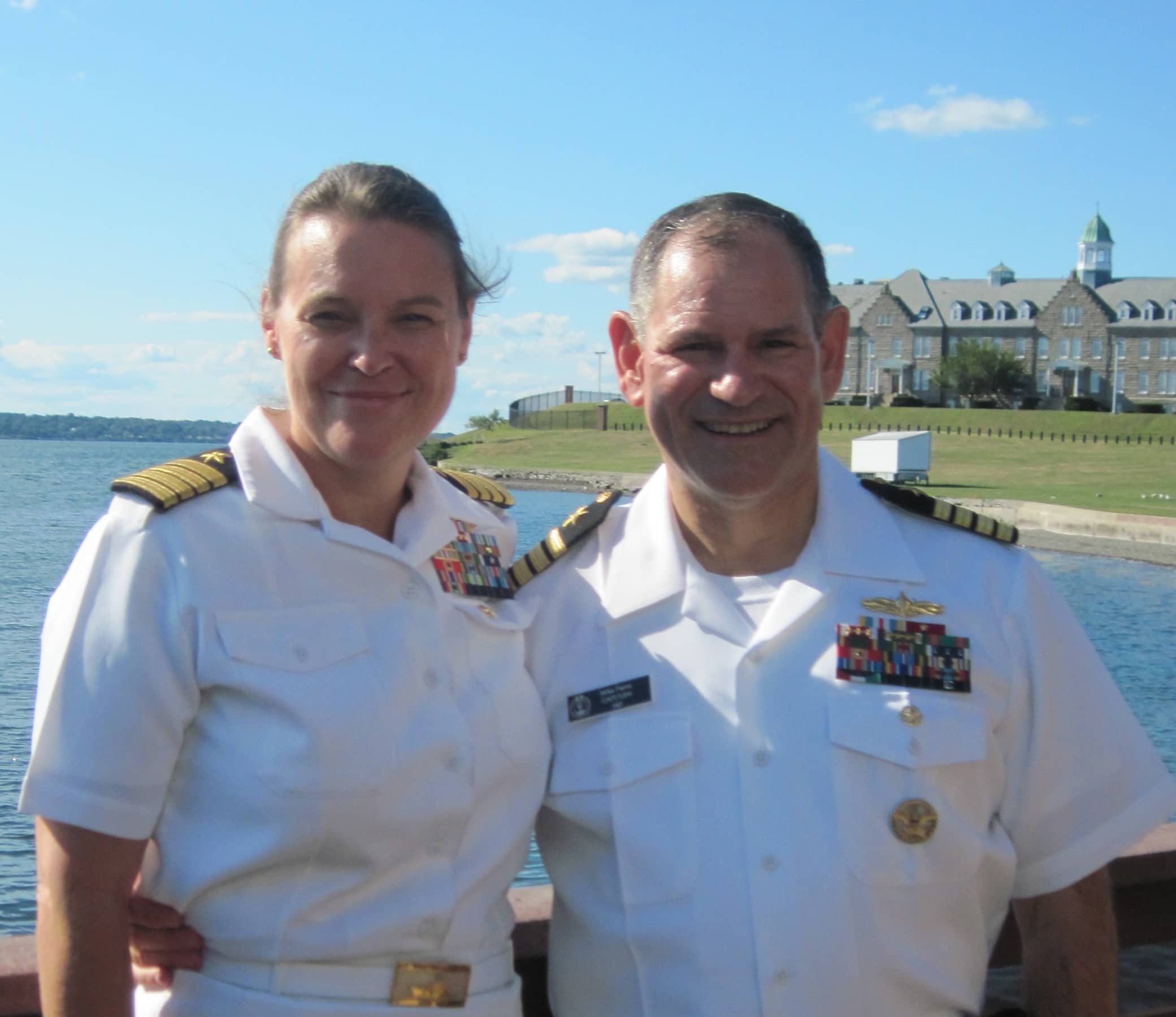
backcountry house up to Maine. Cindy also has time to attend meetings as guest of the Rotary Club. She has lived a number of years in Norfolk, VA with her fellow retired commanding Navy officer and husband, Mike Fierro, a Port Chester native. They celebrated their 21st anniversary this past Memorial Day Weekend.
Cindy and I met up recently at the Greenwich Library Café to hear about her extraordinary Naval career. She looked young enough and engaging in her 50’s – after 30 years in the Navy – to start a whole other career. The first question had to be what were some especially challenging moments in her career?
It was during her command of the guided missile destroyer the USS Decatur in support of Operation Enduring Freedom in the Arabian Gulf, and Indian Ocean. “We were doing a lot of counter piracy and also counter illicit activity surveillance at sea…We were always on tap to provide any type of support. If we needed to be ready to fire Tomahawk missiles our crew had been trained to do so.” Such as in 2003 when her ship sighted a 40-foot boat with potentially dangerous cargo. But on board was found two tons of high-grade hashish with a crew with al Qaeda connections, presenting “hard evidence” of al Qaeda links to drug smuggling. The news stories cited the cargo capture as “a possible sign bin Laden is using drugs to finance his war against America.”
Another highlight was Cindy’s international maritime security work in West and Central Africa, and later in Southeast Asia.

That was “a lot of fun working closely with our international partners.” Sounds like stuff for a memoir.
But such assignments were not on Cindy’s radar as a Naval midshipman graduate in 1985 – the sixth class with women. She’d learned how limited operational opportunities on the high seas were for women. “I figured you go to the Naval Academy, you’ll go on a ship, and you’ll gain experience in ships at sea.” Then came that game changing combat exclusion law in 1993, she tells, “opening up all types of warships for women.”
She praises the Navy for “opening up operational assignments for women much earlier than some of the other services – particularly the Army because it’s so predicated on their manpower.” She calls opportunities for women now in the Navy as “boundless.” “We have had one four-star Admiral who is an operational commander in Arabic and African theaters. We have had many three-star female admirals with operational responsibilities.”
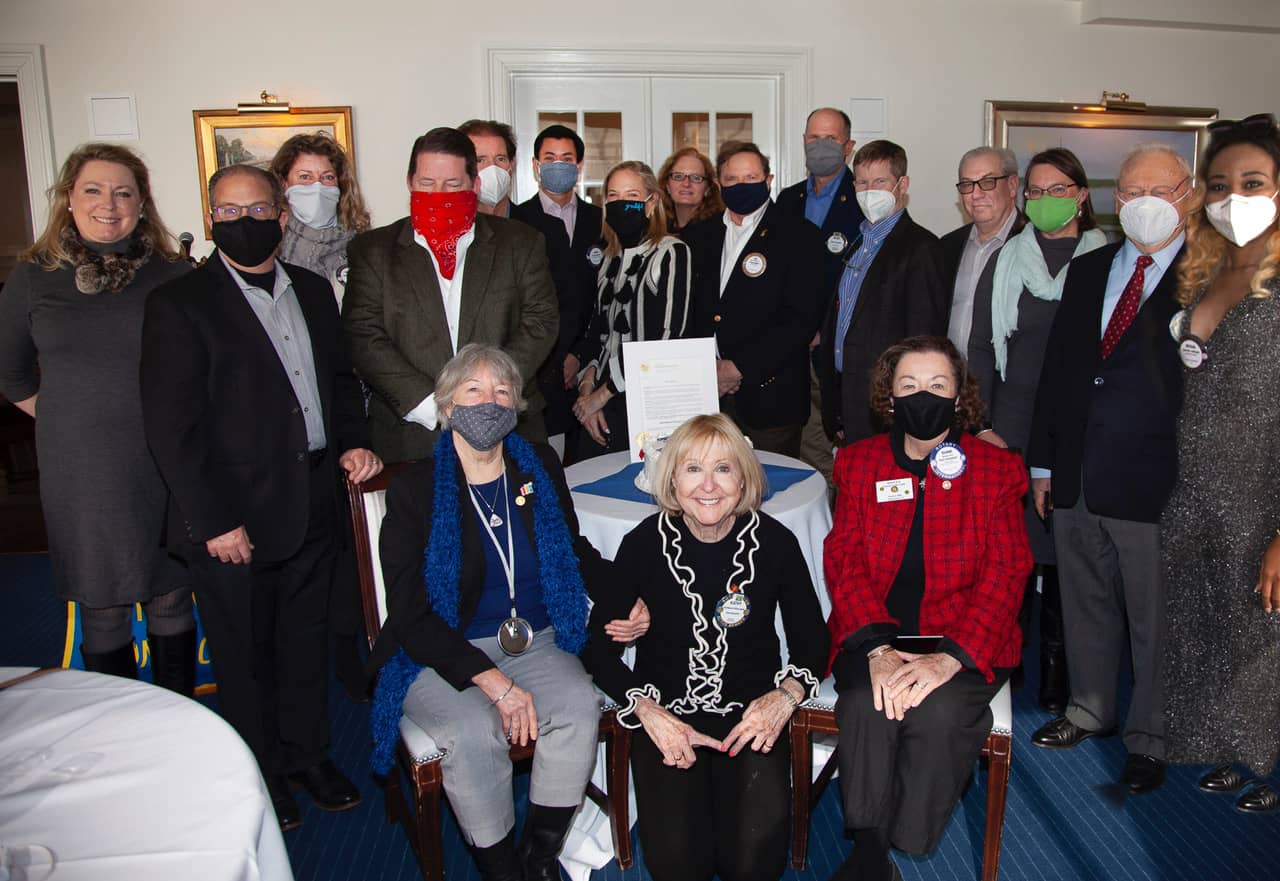
But arriving at that leadership level takes some time. “It takes generally 17 to 18 years to become a commanding officer of a major warship, or an aviation squadron of fighter aircraft. To become commanding officer of an aircraft carrier or a destroyer squadron takes anywhere from 20 to 25 years in the service, and those numbers are rough approximations.” But she adds, “There’s a running joke that says if an airplane load of admirals or generals went down, one of the great things about our country is – it would be very sad and tragic, but there are plenty of very talented people who could quickly step up and fill those positions and assignments.”
So, what part of Cindy’s command time had been the most inspiring? “On the USS Decatur it was the young men and women in the crew that I had the honor and privilege to work with – their teamwork and tenacity with the missions we were doing, particularly during a high-risk intercept of a vessel with links to known terrorists. They kept me on my toes on a daily basis.” She cited the average age of the crew as “usually around 20 or 21 years old. To get commissioned into the operational communities, they need to have a strong math and science background. And they didn’t necessarily have that in their schools, but the dedication, the gumption and the innovativeness of the young sailors was just phenomenal.”
And so, what led Cindy to the Navy?
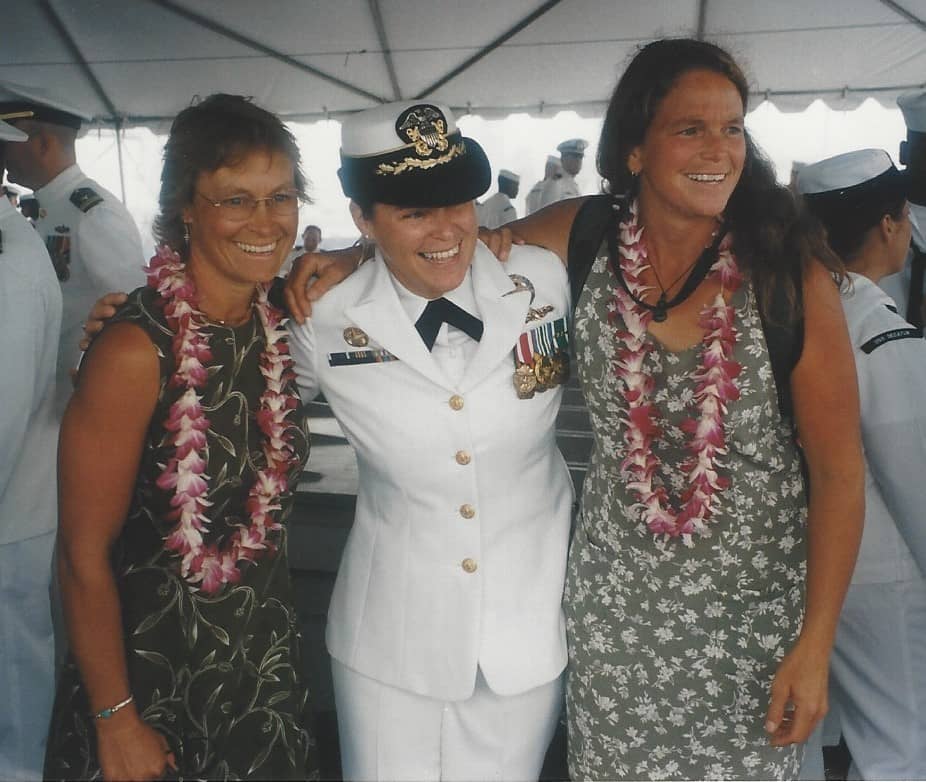
“I grew up sailing on Long Island Sound and New England. And so I looked at a number of colleges around New England.”
Cindy had also been drawn in high school to those Naval Academy sailing regattas held at the Naval Academy “And the coach said to me, have you thought about applying, and I sort of hemmed and hawed.” Why not said the coach come down for the candidate visit weekend, staying with somebody on the sailing team?”
Yes, that Brown University option did beckon. “That’s when colleges were first going over $10,000 a year.” Or she could go to the Naval Academy – with no tuition and after four years her commission as ensign. “Essentially, I would get paid to go to college. And I figured the rigor and discipline wouldn’t hurt.”

